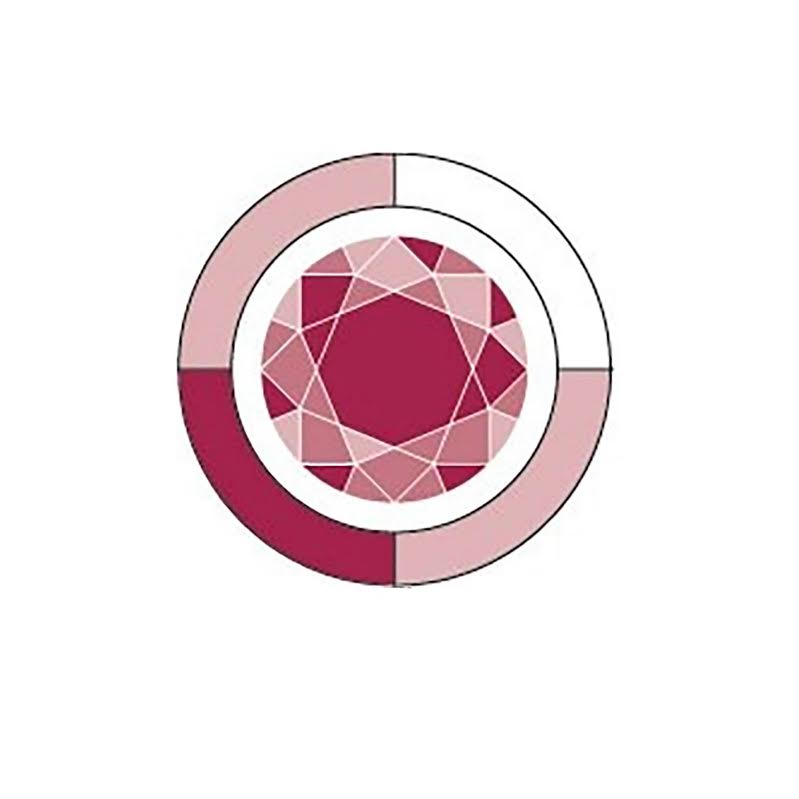Parents could soon be paying less for childcare if the affordable early childhood measures introduced by the government passes Parliament.
To fulfil its election promise, the government has recently introduced a Bill to make early childhood education and childcare more affordable through changes to the level of the Child Care Subsidy (CCS) and other integrity measures. According to the government, this measure will not only support children’s school readiness and improve long-term outcomes but also help parents and carers re-enter the workforce, which will have wider benefits for the economy.
- Currently, the CCS percentage is based on a family’s income, with the maximum subsidy rate being 85% for those with an income of between $0 and $72,466.
- The percentage then decreases by 1% for every $3,000 of income a family earns above $72,466 up to $177,466, at which point the subsidy percentage is 50%.
- Between the income brackets of above $177,466 and below $256,756, families will generally receive a 50% childcare subsidy.
- For families with incomes above $256,756, the childcare subsidy percentage decreases by 1% for every $3,000 above that until the income amount of $345,756 is reached.
- Those families with an income above $346,756 but below $356,756 receive a subsidy of 20%.
- Families that earn above $356,756 will not receive any childcare subsidy.
In addition, under the current CCS rules, families with more than one child in care will receive an additional higher subsidy of 30% for each second and subsequent child in care capped at a maximum of 95%.
The Bill, as introduced, will amend the CCS so that families earning up to $80,000 will be able to receive a CCS percentage of 90%. To reduce confusion, the Bill will also simplify the different income tiers of the current system so that families that earn above $80,000 will be subject to one taper rate of 1% per additional $5,000 of family income earned until it reaches 0% for families earning $530,000.
The existing measure of higher subsidy for second and subsequent children in care will also be retained under the proposed new system. Families with children aged 5 or under in care will continue to receive an additional 30% to a maximum of 95% on top of the former CCS rates. Families will be entitled to the higher CCS rate up until a family income of $356,756 (2022-23).
If families earn $356,756 (2022-23) or higher, all children in the family will be entitled to the new CCS base rate until it reaches 0% entitlement at $530,000.
Example: The Jones family earns $190,000 per year and has 2 children in care, both aged 5 and under.
Under the current system, their CCS subsidy percentage would be 50%.
Under the new CCS system, they would be entitled to a subsidy percentage of 68%.
This has been calculated by subtracting $80,000 (new base rate) from the family income of $190,000. That figure of $110,000 is then divided by $5,000, which yields 22(%). The relevant subsidy percentage is, therefore 90% (new top subsidy percentage) minus 22%, giving a figure of 68%.
Overall, the Jones family will be better off under the new CCS system.
When passed, the proposed changes to the CCS will apply from the first CCS fortnight of the income year starting on 1 July 2023. It should also be noted that the lower income (base rate) threshold of $80,000 will be indexed going forward.

Find out how we can work together on our Services Page. https://www.garnetaccounting.com.au/services/
Have a read our other blog articles with up-to-date information on all things Tax, Super, Finance & Small Business. https://www.garnetaccounting.com.au/articles/

